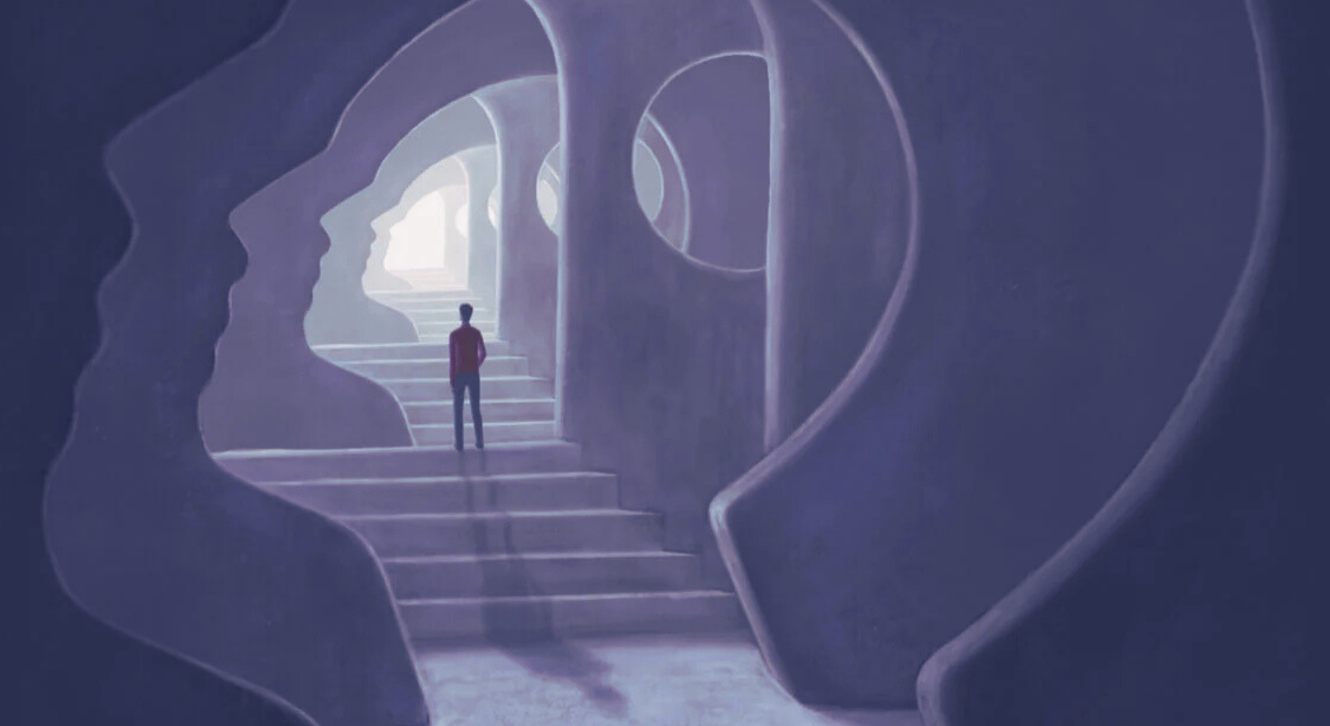Casino Architecture and Psychology: Creating the Perfect Gaming Environment

The moment a person steps through the doors of a casino, the environment has been shaping him or her all along, whether he or she realizes it or not. The lights, layout, noise-even the atmosphere is all deliberate. Casino design’s not merely about looking fancy or rich. A well-honed mental game designed to up ease, lower the sense of time and keep players strung. Behind the soft draperies and gleaming floors lurks an intriguing mix of planning and behavioral study.
Creating with Meaning
Casinos are not spaces without purpose. Unlike most public environments, flow here is rarely linear. Guests are nudged often unknowingly, walking through winding walkways past shimmering tables and electronic games in a subtle but effective attempt to keep them playing just a little bit longer. Interestingly even games like slots are placed in high-traffic areas or cozy corners depending on the emotional response being elicited from players. Colorful lights, signature jingles act as psychological hooks gently lure visitors toward engagement.
No windows. No clocks. That helps a lot too. Time starts to lose its meaning. Remove the natural signs and people will stay much longer than ever planned for. It is not just smart—it is by design. A casino does not set out to catch its guests, only to involve them in a setting where the rest of the world falls from immediate consideration.
Sensory Storytelling
The ambience in most casinos is built on the basis of subtlety. The lighting would be warm throughout, with soft shades of colors in the lounges provoking a feeling of calm, whereas brighter flashing lights in the gaming areas would incite one’s excitement and energy. The shift is gradual, leading visitors through the experience without them even realizing it
Another layer sound, with the rhythmic chimes of the winning machines, upbeat background music, and the familiar clink of the chips all adding to engagement and momentum maintenance. It all plays on the mind psychologically similar to the way a movie soundtrack sways emotion. Hue, too, has its role.
Bold colors red, gold, purple represent passion, luxury, and risk. Set against plush textures and opulent embellishment, it forms an almost unreal immersive environment, suggestive yet appealing. Each of these visual and auditory elements here coaxes the players to extend their stay and enjoy their good feelings while wining & dining the cutting-edge cocktail of design and psychology that sustains the flow on the casino floor.
Casino Architecture and Design Evolution
Casino design has not stood still. Older establishments often reflected the principles of Bill Friedman—tight spaces, low ceilings, maze-like paths all to reduce distraction and maximize floor time. These early casinos were tight; one almost had to seek out the games.
Today’s trend is different. The modern design, especially in Las Vegas and Macau, imitates a more welcoming open-concept style.Think Bellagio or Wynn. These spaces are grand, indulgent, even artistic. Today’s wide aisles, natural lighting, curated artwork, and indoor fountains replace yesterday’s cramped corridors. It’s more about the guests not being manipulated but feeling valued as participants in a ‘luxurious’ experience.
Blurring Physical and Digital Boundaries
As online gaming grows, digital spaces take on many of the psychological gimmicks found in their brick-and-mortar cousins. Virtual slots now offer ambient soundtracks, and rich animation, along with simulated lighting effects. A real-world environment is extremely difficult to pull off without bringing with it the qualities that were immersive in the physical space itself; but this delivers players into a focused and excited state right from their easy chairs at home.
Casinos are also adjusting their spaces to cater to this hybrid experience. Many use scent branding with signature aromas that evoke mood and familiarity. Temperature, airflow, and even seating ergonomics are adjusted for long-play comfort. Rest zones seen within view of the floor let players recharge without ever mentally “checking out” of the gambling environment.
All in all
Designing a casino is not just a design problem; it is a challenge to understand human psychology. Every curve in the corridor, every sparkle of light, every note contributes to molding an experience as well as behavior. Some may debate the subtlety ofthese manipulations; nevertheless, the fact remains that they work. It is the interface of entertainment and environment.
And for the crafters, the real gamble is not on the floor, but in designing the perfect atmosphere where people would want to stay, play, and come back. Let me know if you’d like this version formatted for publication or exported into a different format.
Miss Clipping Out Stories to Save for Later?
Click the Purchase Story button below to order a print of this story. We will print it for you on matte photo paper to keep forever.

